
How to Care for Nambu Ironware
Written by Team MUSUBI
Nambu Ironware, or "Nambu Tekki" in Japanese, is a traditional handicraft of Japan made in Morioka City, Iwate Prefecture of the Tohoku region. It has a rough texture due to casting using sand molds, are resistant to rusting, transfer heat evenly to water, and retain heat well.
Learn how to properly care for your Nambu Ironware so that you can continue to use it for a long time.
table of contents
Nambu Ironware Kettle

By going through the seasoning process, creates a mineral film of water on the inside of the kettle, preventing from rusting due to the moisture and make hot water taste mellower.
How to do the Narashi "Seasoning"
Please follow the instructions below to the process of the seasoning for your new kettle.
- Boil mineral water
- Change the water and repeat
- You are ready to drink!
Things you need are Ironware kettle and 1 gallon of mineral water"Hard water" or drinkable tap water.
Step1 Boil water

Fill the kettle up to the eighth part of the way with mineral water (hard water), and continue to boil it until it is reduced to about 1/3 of its original volume, being careful not to burn it dry.
Step2 Change the water and repeat

Change the water and repeat the above process 3 or 4 times until the boiled water becomes colorless. (Depending on the water quality, the number of times may increase.)
Step3 You are ready to drink!
Notes:
- Beware of empty fires
- Repeat until the discarded water becomes clear.
- Do not touch the film that forms on the inside of the kettle.
- Careful not to burn yourself!
Care for each use
After each use, just be sure to transfer or discard all remaining hot water inside of the kettle. There is no need to wash it with detergent, but if the kettle cools down with water still in it, it can cause rusting.

After draining the hot water, take off the lid and dry it with the residual heat of the kettle or over low heat.
In any case, do not leave any moisture on the kettle. The inside of a kettle that has been seasoned is still fine, though if the surface remains moist for several hours, it will cause of rust.

If your Ironware kettle gets rusty...

This is a solution for stopping metallic tastes using a chemical reaction between Tannin (Tea Polyphenols) and iron contained in green tea, so use tea leaves that contain Tannin.
Ironware Teapot

Ironware teapots retain heat well, much better than glass or ceramic teapots, which makes your tea time more enjoyable.
Unlike kettles, most iron teapots have an enamel coating on the inside, so there is no need the seasoning process at the beginning of use. All you need to do is rinse the inside of the teapot and the tea strainer thoroughly with warm water before use.
The iron teapot must not be placed over an open fire or stove to boil water. This will cause peeling of the enamel. The iron teapot should only be used for making tea, in the same way as a ceramic or glass teapot.
Notes:
- You cannot boil water with an iron teapot.
- Do not use metal scrubbers to polish enameled inside.
- Make sure there are no moistures on the surface.
Care for each use
After use, rinse the inside of the teapot and the tea strainer well with water or warm water, and wipe the entire surface completely dry with a dry cloth before storing.
Leaving water on the surface can cause rust, but the rust that occurs is not harmful to your health.
If you want to remove tea stains from the inside, pour boiling water inside and let it sit for a while, then clean it with dishwashing detergent and a soft sponge.
Lastly...
Nambu Ironware is a traditional craft that is durable and stardy, but also delicate and beautiful. They are simple to use, particularly the kettle, which is one of the best tools in Japan for boiling water for making tea.
Nambu Ironware can also be used in the kitchen to add a sense of Japanese atmosphere. We hope you find it useful in your daily life.



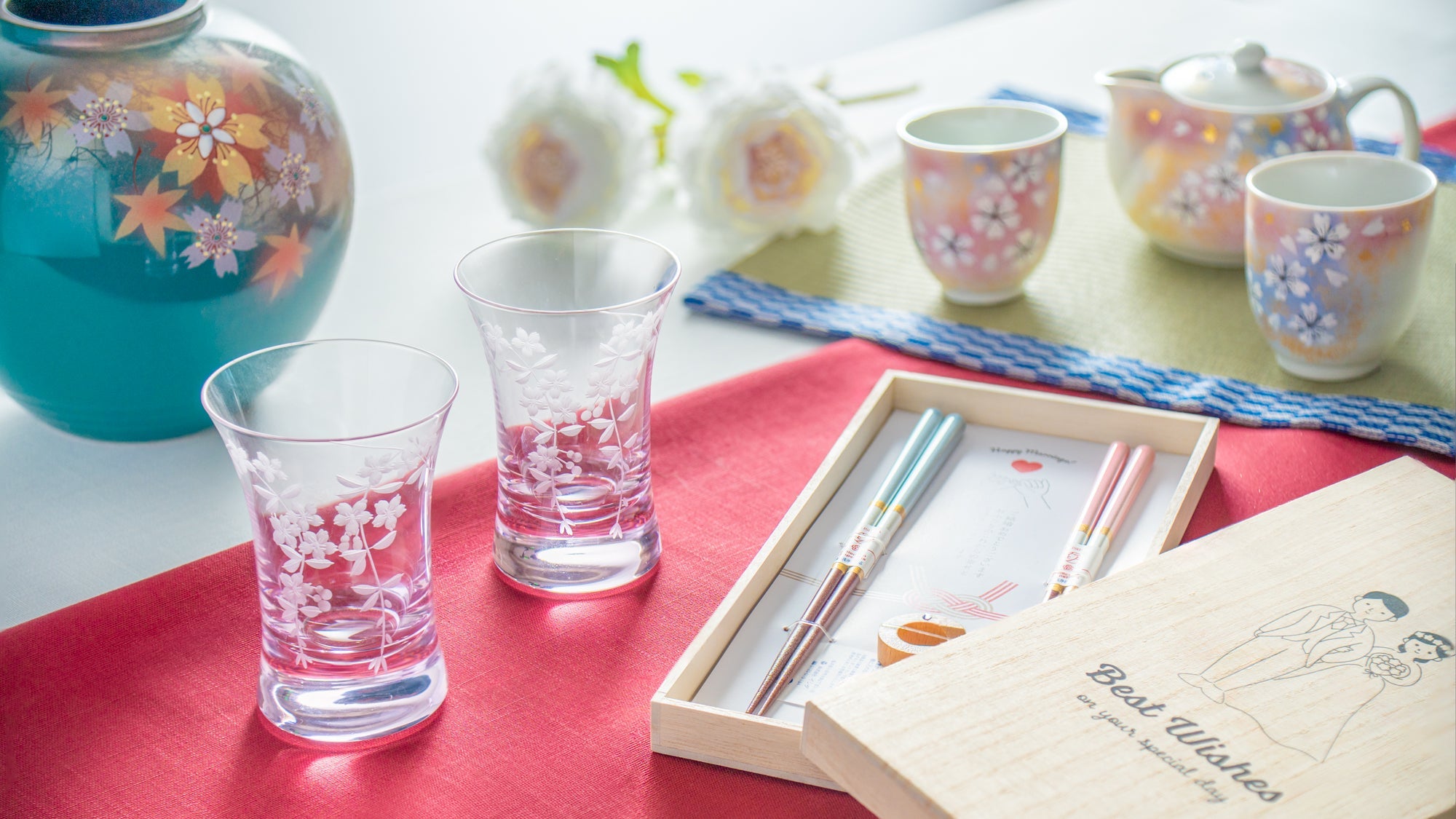
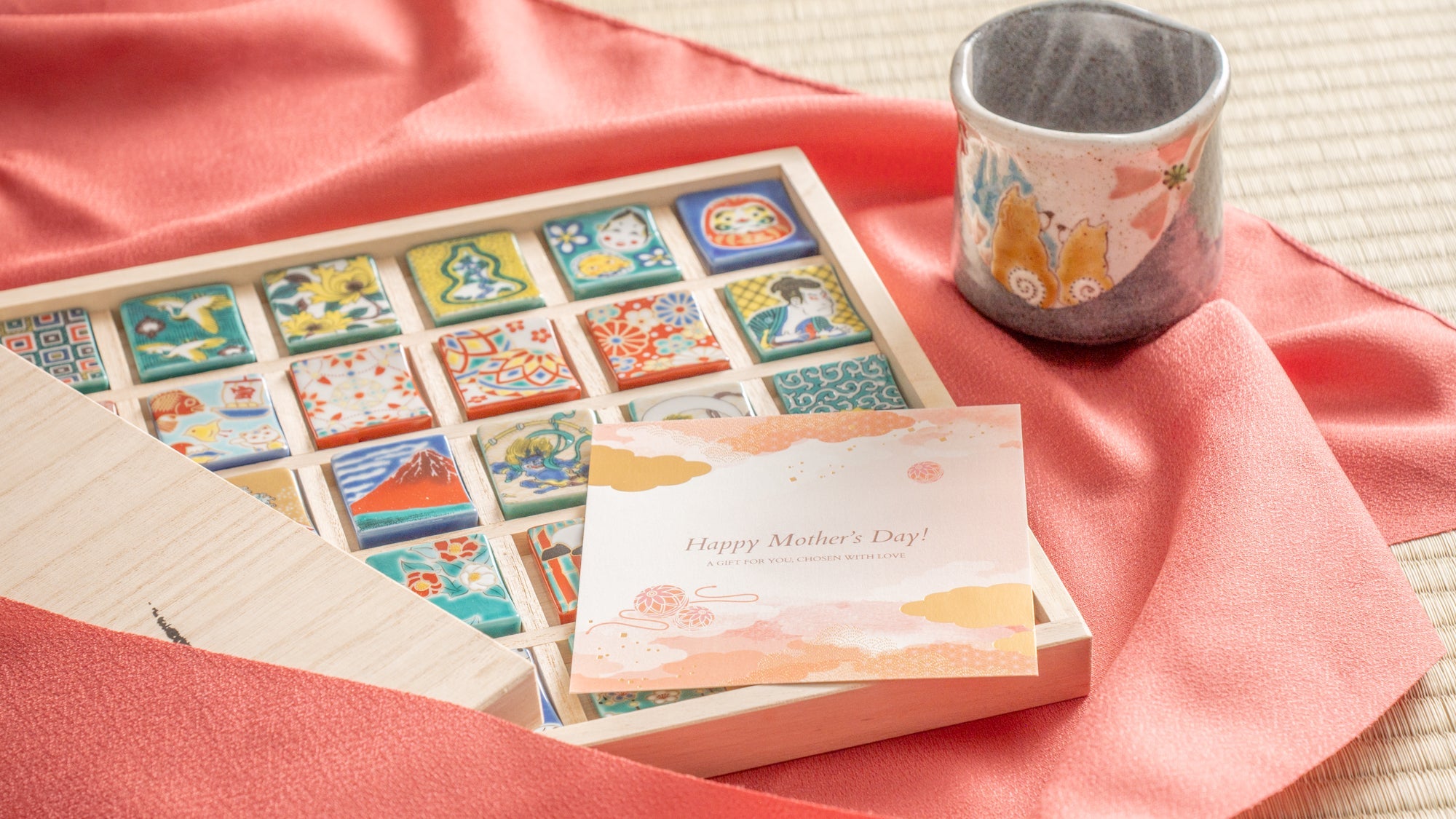
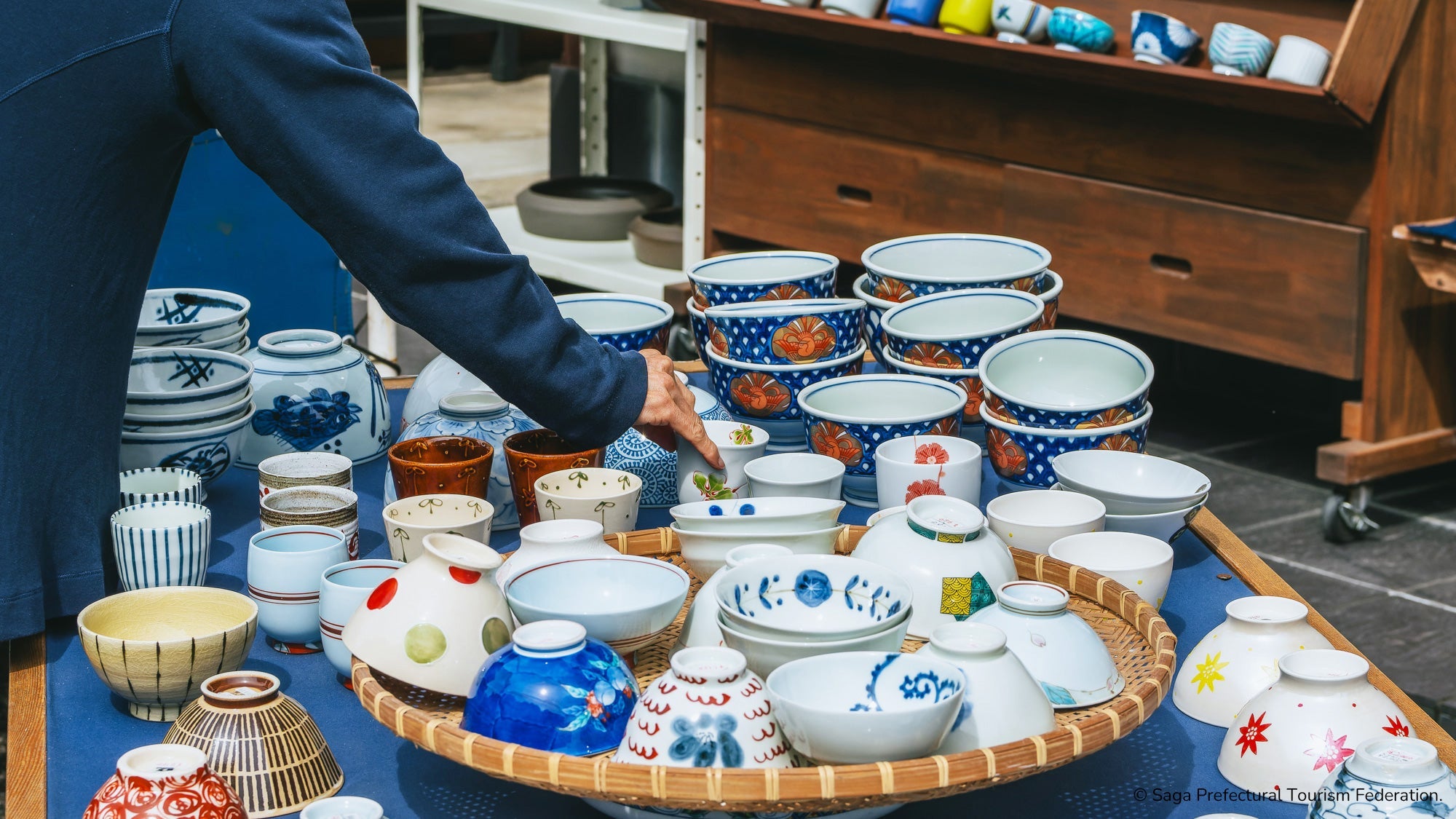
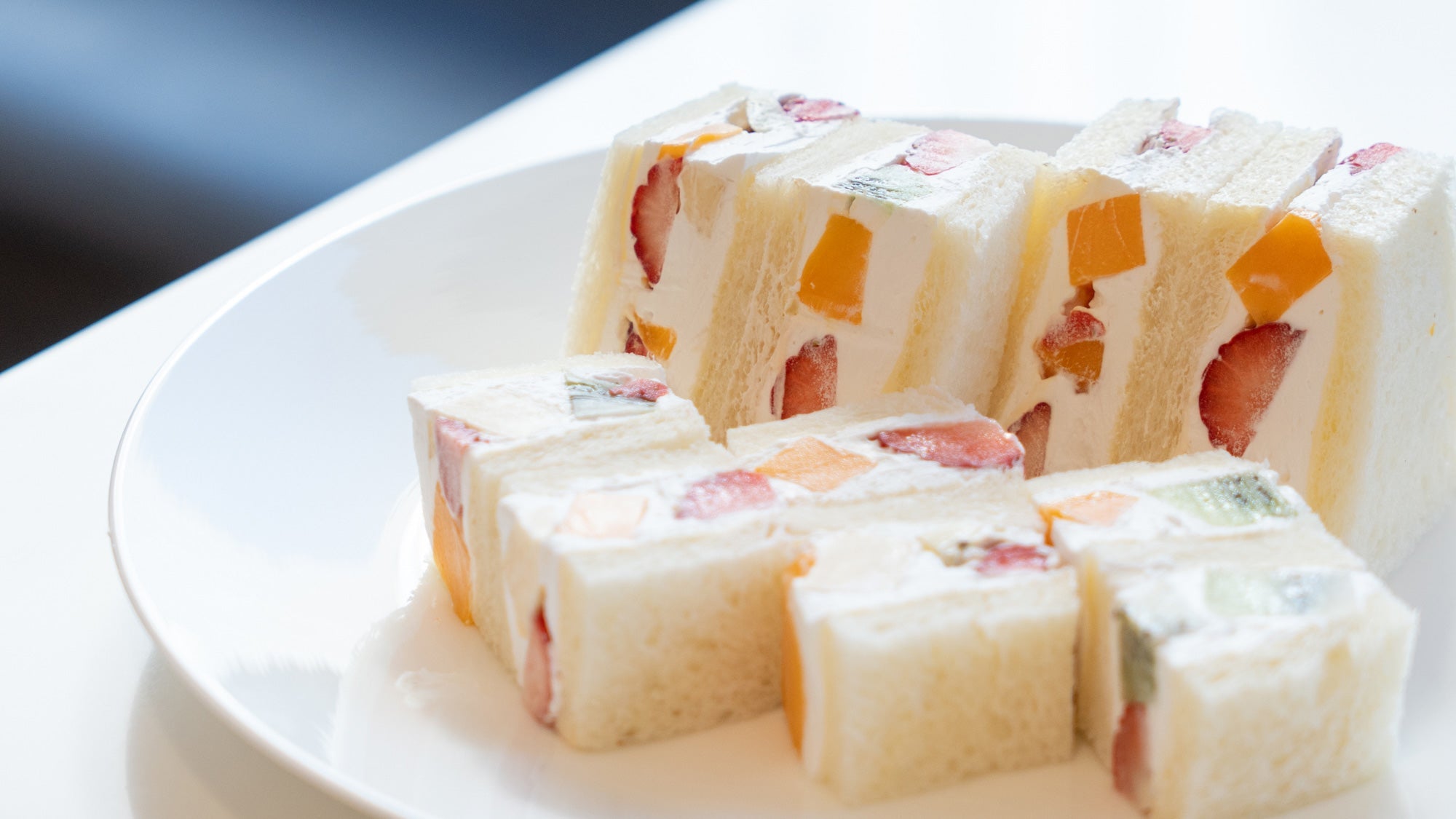

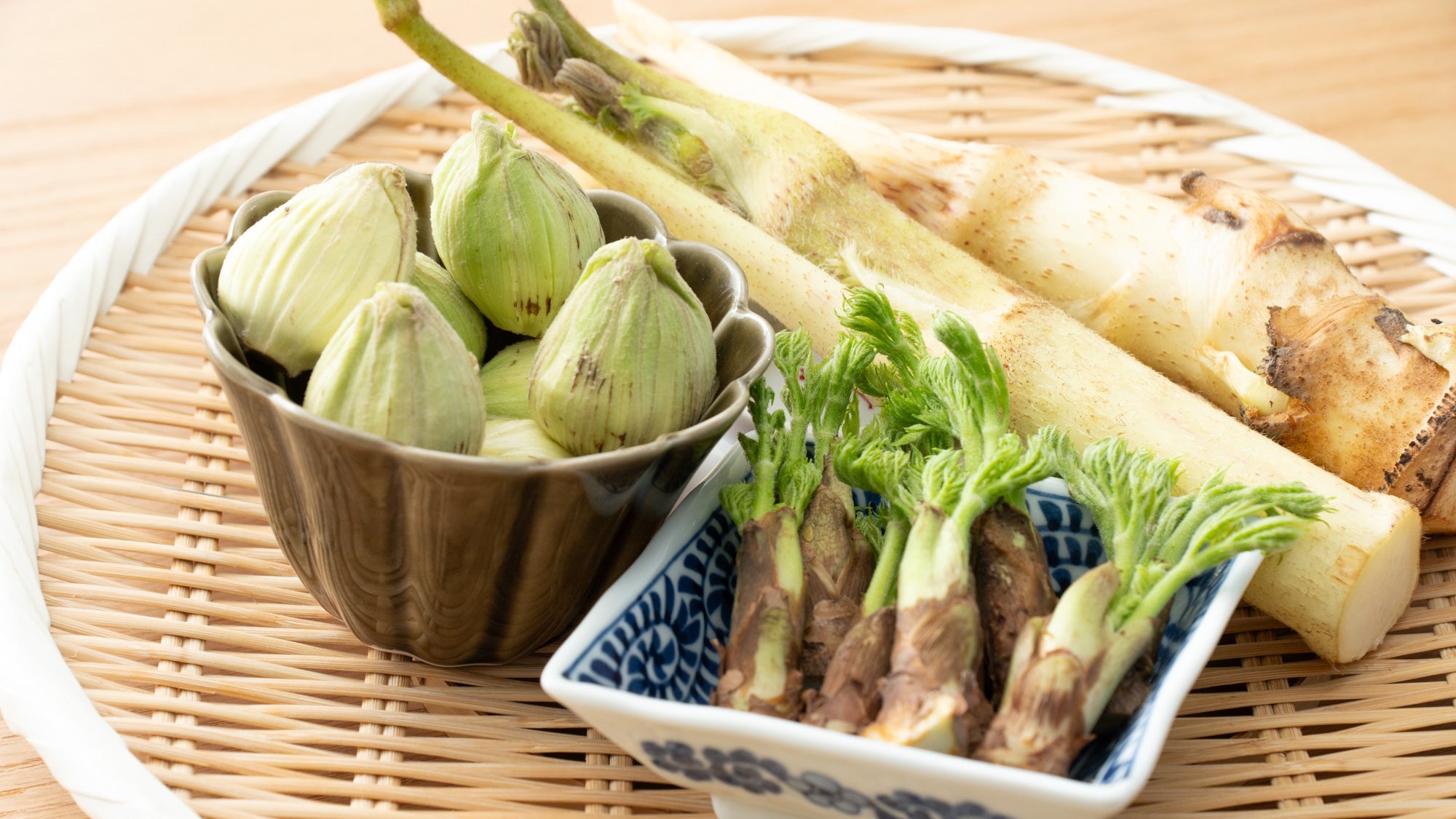
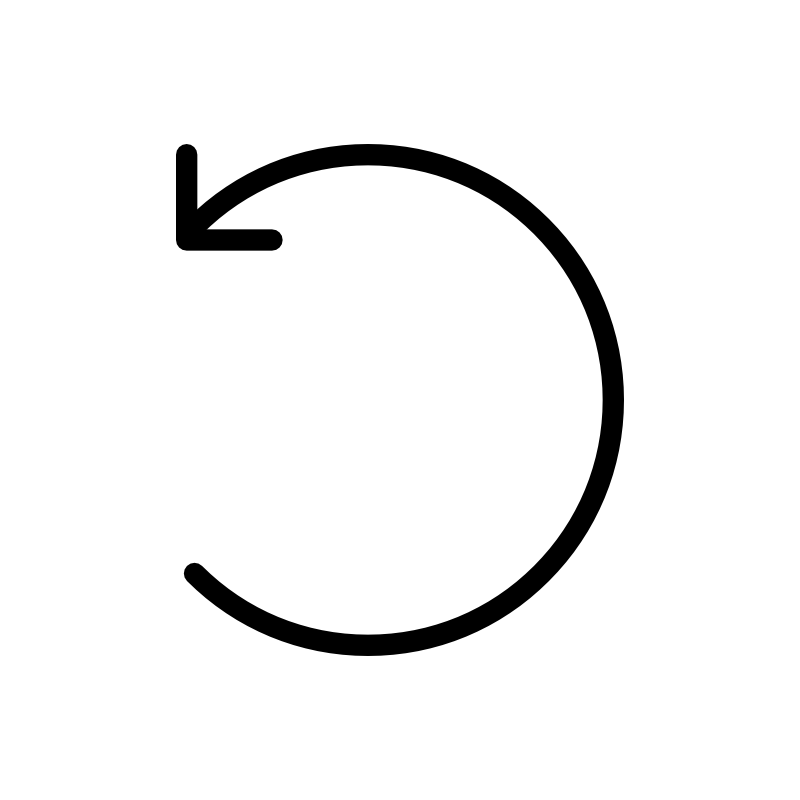
Leave a comment
This site is protected by hCaptcha and the hCaptcha Privacy Policy and Terms of Service apply.